Room 102, Building 13, Area A, Wanyang Zhongchuang Park, Ganyao Town, Jiashan County, Zhejiang China.

The surface treatment process has a significant impact on the corrosion resistance of hexagon head screws, mainly in preventing the screws from corroding or rusting due to chemical reactions, moisture, salt and other factors in the use environment. Different surface treatment processes will have different effects on the corrosion resistance of screws. The following is a detailed analysis of how several common surface treatment processes affect the corrosion resistance of hexagon head screws:
1. Electroplating (such as zinc plating, nickel plating)
Galvanizing: Electroplating zinc is a common anti-corrosion process for hexagon head screws, especially suitable for occasions exposed to humid or corrosive environments. The zinc coating can effectively prevent the screw body from contacting the external environment, thereby avoiding oxidation of iron-based materials. Hot-dip galvanizing has better corrosion resistance than electroplating zinc and is suitable for more severe environments, such as marine or chemical environments.
Electroplating nickel: Electroplating nickel is also a commonly used surface treatment method. The nickel layer can provide strong corrosion resistance, especially in acidic or alkaline environments. The nickel plating has a high hardness and can also effectively improve the wear resistance of the screw. In addition, nickel plating has good heat resistance and is suitable for high temperature environments.
2. Hot-dip galvanizing
Hot-dip galvanizing is done by immersing the hexagon head screw in molten zinc to form a metal compound layer with the surface of the screw. This process provides a thicker and stronger anti-corrosion layer than electrogalvanizing. The anti-corrosion effect of hot-dip galvanizing usually lasts for many years and is particularly suitable for use outdoors or in harsh environments (such as the seaside and environments with heavy humidity).
3. Black Oxide
Black oxidation is a process that forms a protective black oxide film on the surface of the screw through a chemical reaction. Although this treatment method can provide some anti-corrosion protection, its effect is not as strong as methods such as galvanizing or nickel plating. The black oxide layer has a certain resistance to moisture and mildly corrosive gases, but requires additional coating protection in highly corrosive environments.
Suitable for hexagon head screws used in low-corrosive environments, especially when used indoors, it can provide sufficient protection.
4. Aluminum spraying
Aluminum spraying is to spray aluminum powder on the surface of the hexagon head screw to form an aluminum layer to prevent corrosion. The formation of the aluminum layer has good corrosion resistance, especially suitable for marine environments or applications with strong chemical reactions. Aluminum has natural antioxidant ability, which can effectively prevent the metal substrate from oxidizing and rusting.
5. Ceramic coating
Ceramic coating is a relatively high-end anti-corrosion process that can form a solid ceramic protective layer on the surface of the hexagon head screw. This coating has extremely high corrosion resistance and is particularly suitable for use in extreme chemical environments, such as strong acids and strong alkalis. Ceramic coating can also provide additional wear resistance and extend the service life of the screw.
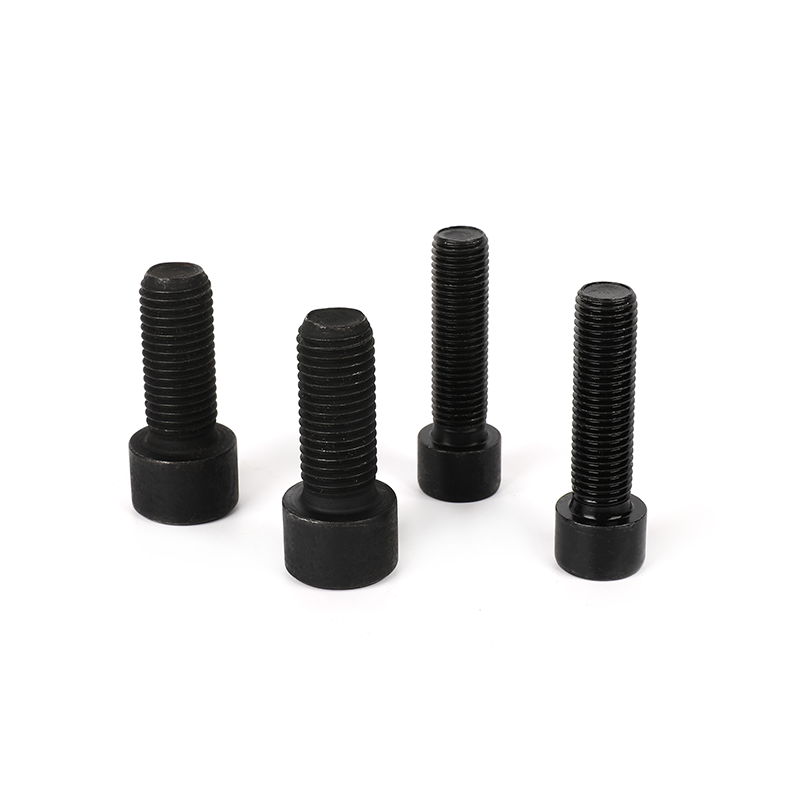
6. Combination of heat treatment and coating
In some demanding applications, hexagon head screws will undergo a combination of heat treatment (such as hardening) and surface coating (such as nickel plating, zinc plating). Heat treatment to enhance the hardness and strength of the screw, and then coating to provide corrosion protection, this combination of processes can effectively improve the performance of the screw in high-load, high-temperature and corrosive environments.
7. Stainless steel material
Stainless steel itself has extremely strong corrosion resistance, especially in harsh environments such as high temperature resistance, acid and alkali resistance. By choosing stainless steel to make hexagon head screws, although no additional surface treatment is required, some additional surface treatment (such as passivation) can still improve the corrosion resistance of stainless steel screws, especially in extreme environments (such as chemical plants, marine environments, etc.).
8. Powder coating
Powder coating is applied to the surface of hexagon head screws by electrostatic spraying, and then heated and cured to form a hard coating. Powder coating has good corrosion resistance and weather resistance, and is suitable for some harsh external environments, such as construction, machinery and other applications. The coating also has a good aesthetic effect.
9. Polymer coating (such as polyurethane, polytetrafluoroethylene)
Polymer coating (such as polyurethane, polytetrafluoroethylene coating) can provide strong chemical resistance and effectively prevent hexagon head screws from contacting corrosive substances. It is particularly suitable for use in highly corrosive environments (such as petrochemicals, food processing and other fields).
The surface treatment process of hexagon head screws directly affects their corrosion resistance, and different treatment methods provide different anti-corrosion effects. When selecting the surface treatment process, the environmental conditions in which the screws are used must be considered, such as moisture, salt, acidity and alkali, and temperature. Common surface treatments such as zinc plating, nickel plating, and hot-dip galvanizing provide solid corrosion protection for hexagon head screws, while some high-end treatments such as ceramic coating and aluminum spraying are suitable for extreme environments. Making sure to choose the right surface treatment process can not only improve the durability of the screws, but also significantly extend their service life and reduce maintenance and replacement costs.

Fix anchorbolts include bolts, washers, nuts and 4PCS cylindrical shields. By tightening the bolts, the shields tubes expand and the components can be...
See Details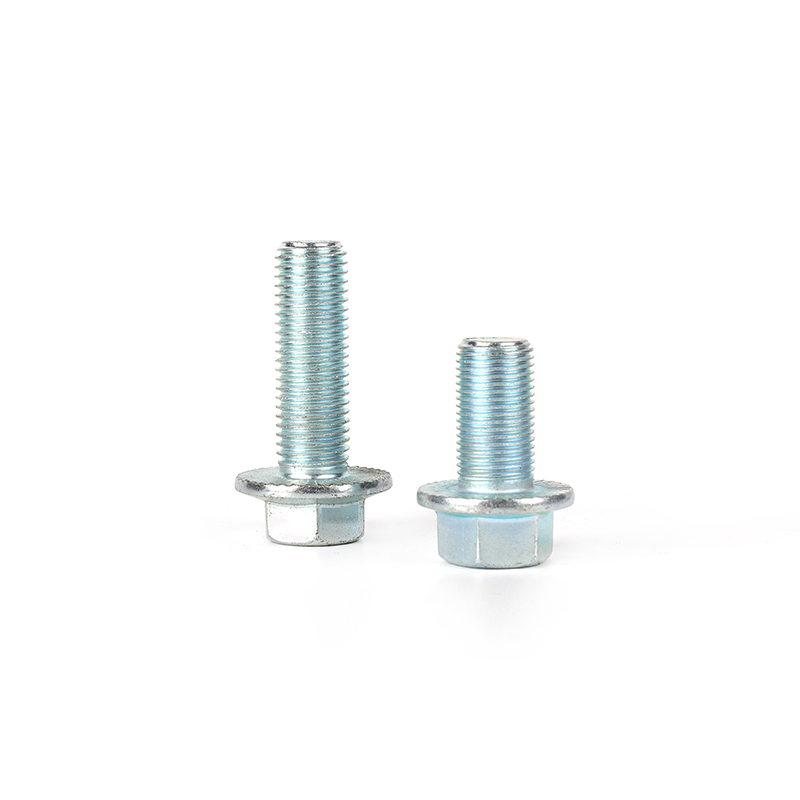
Flange bolts are specially used to tightly connect pipes and components with flanges. We produce flange bolts are solid t and durablethat, compling wi...
See Details
The Grade 8.8 black oxide full-thread hexagon socket bolts have an internal hex design and needs to be used with a wrench with a hex head. Its full th...
See Details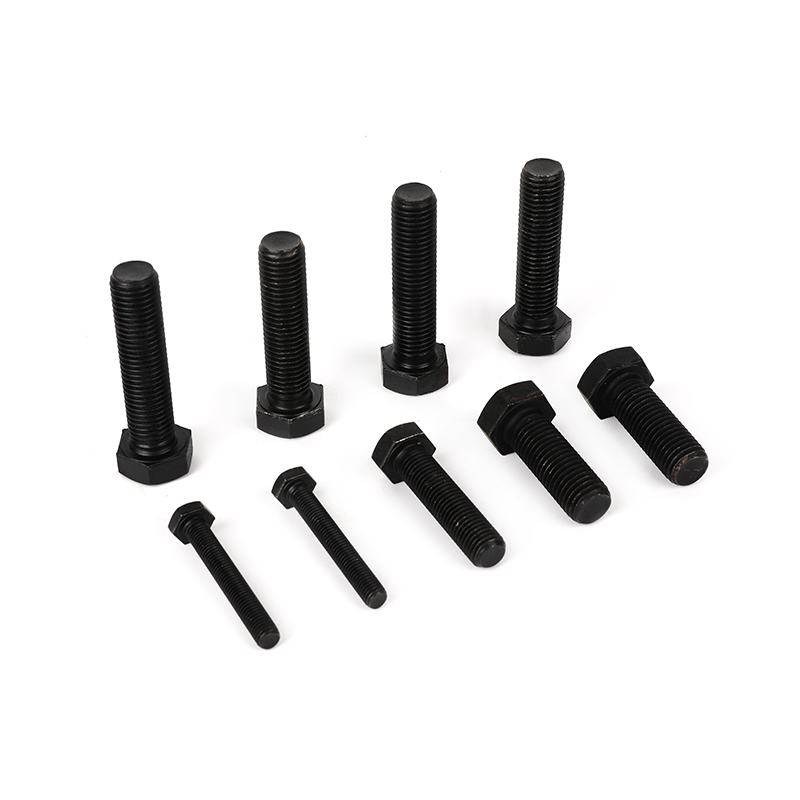
Grade 8.8 black oxide full-thread hexagon bolts is a very common fastener and requires a wrench or hex wrench to tighten it. Our hex head bolt meet th...
See Details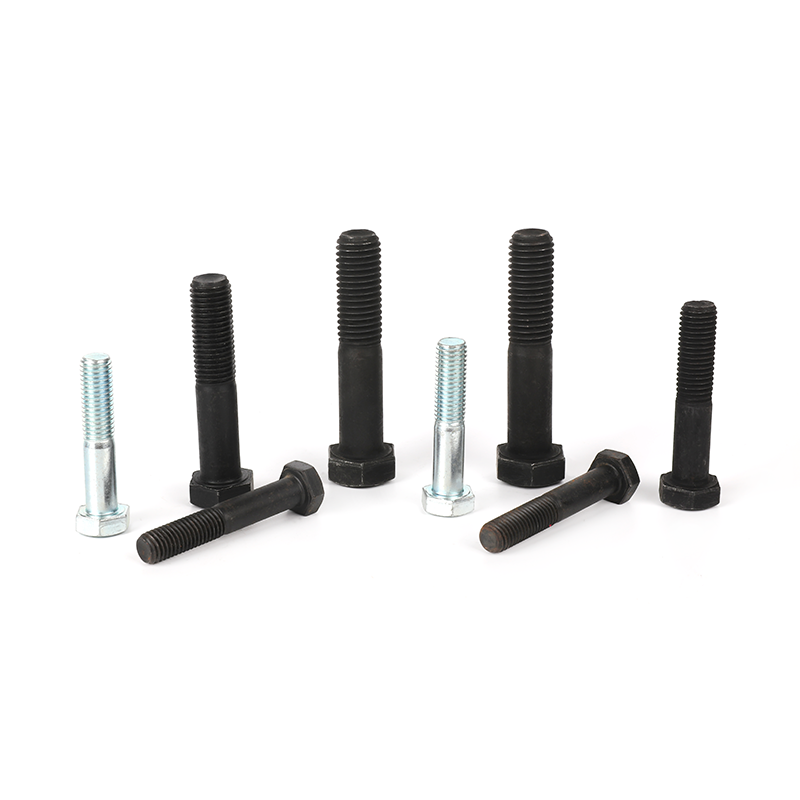
This product is made of high-quality carbon steel and undergoes a rigorous heat treatment process. It has high strength, good elasticity and toughness...
See Details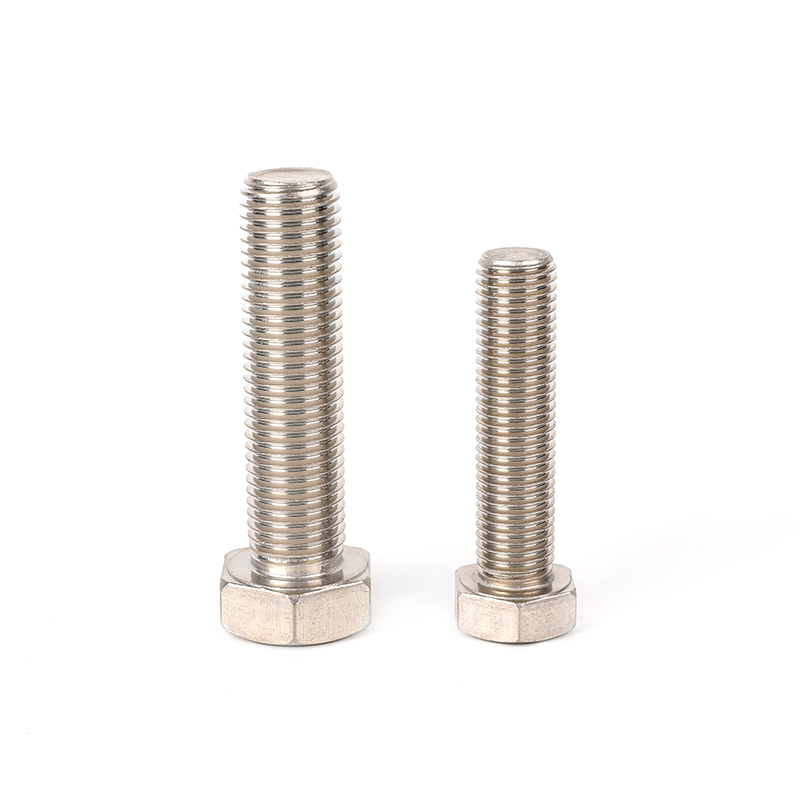
This 304 stainless steel plain full-thread hexagon bolt is a kind of fasteners made of high-quality stainless steel material and has corrosion resista...
See Details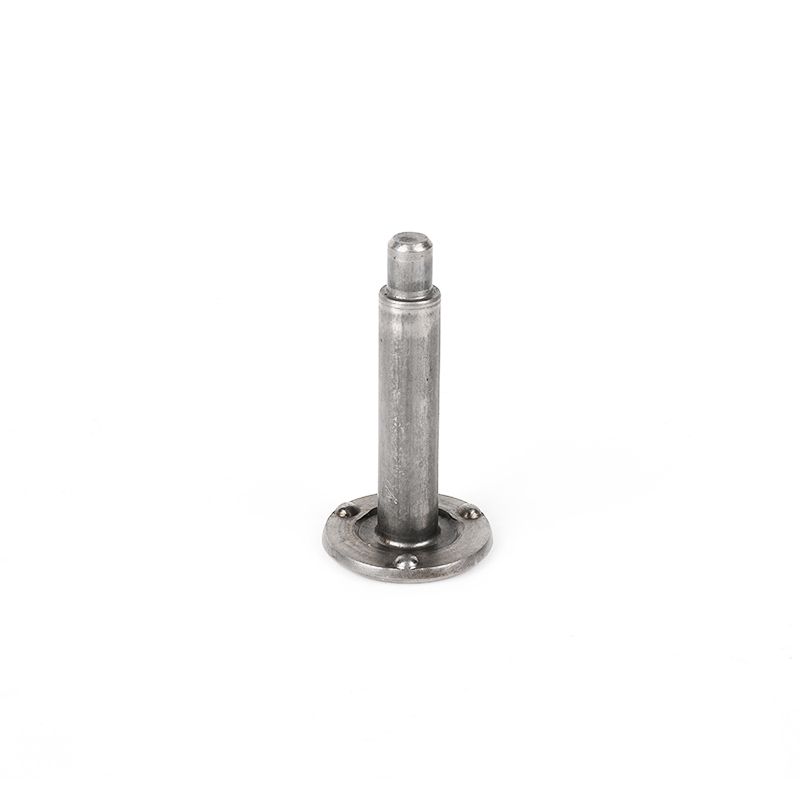
This plain round flat head weld shoulder bolt is a fastener suitable for a variety of welding applications. Its flat head and round head design makes ...
See Details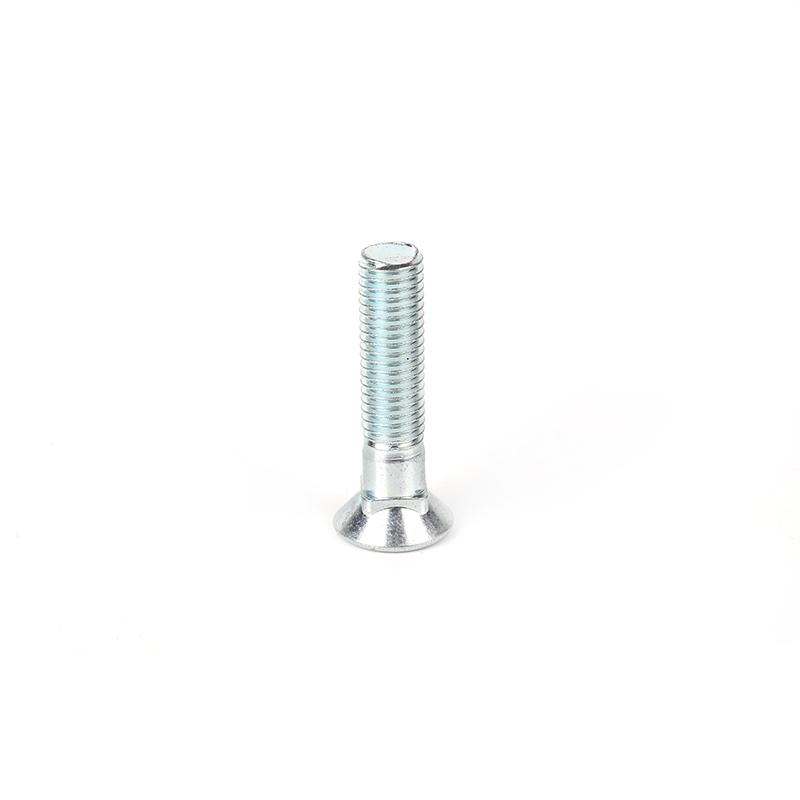
This Grade 12.9 zinc plated countersunk head square neck plow bolt has the advantages of high precision, high operability, high strength, and high ten...
See Details